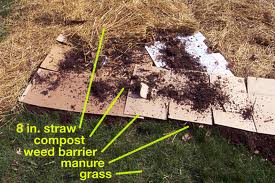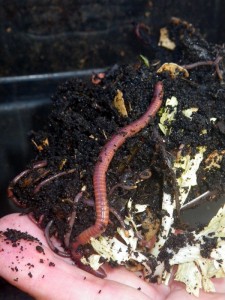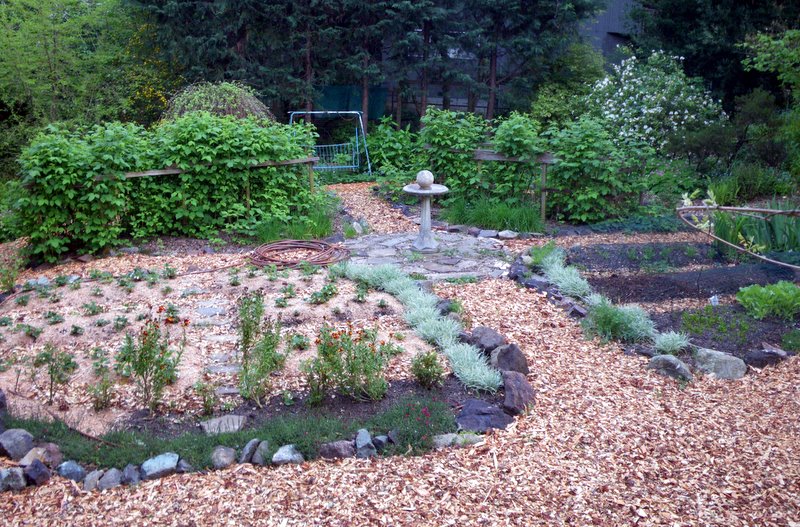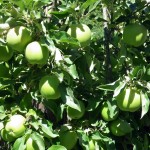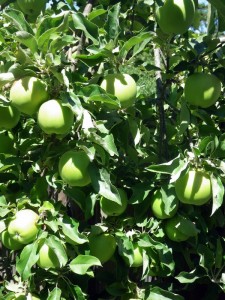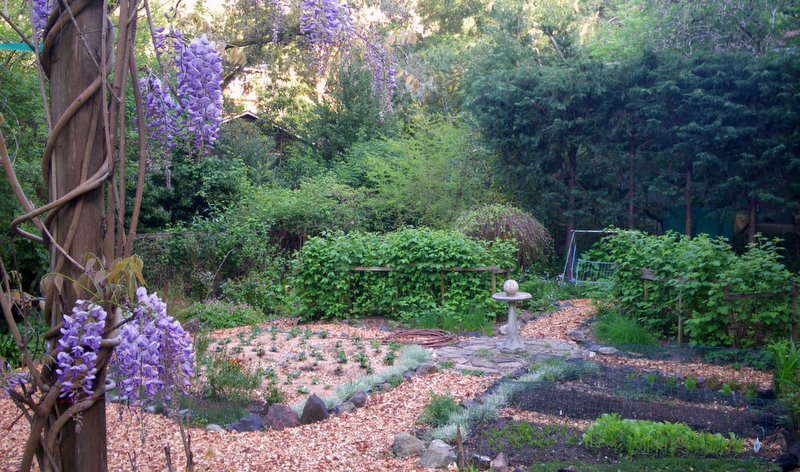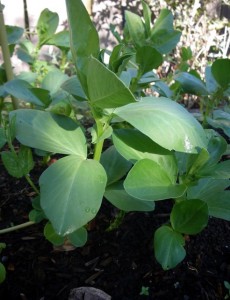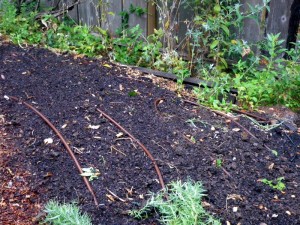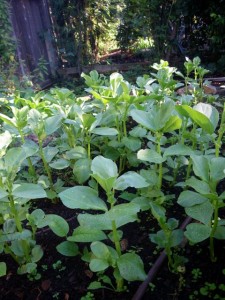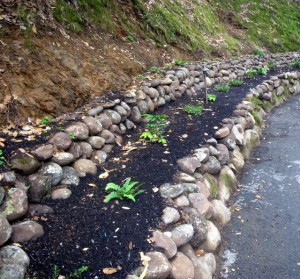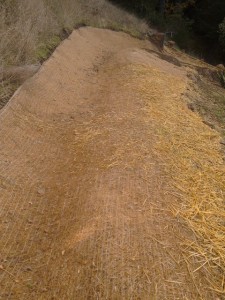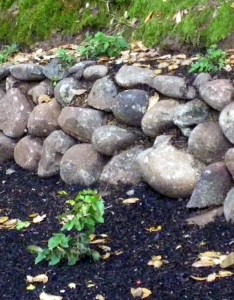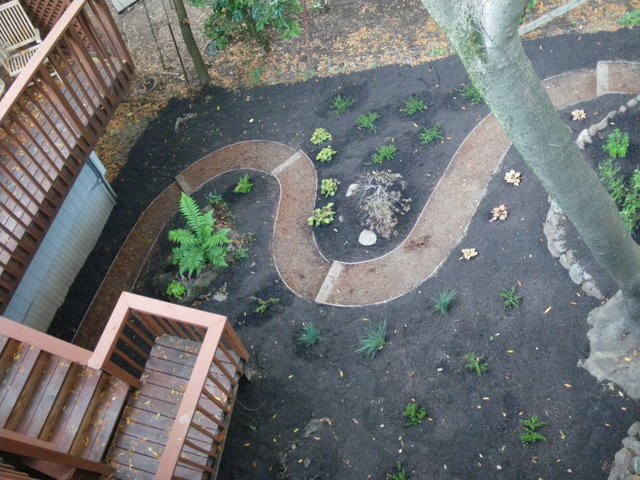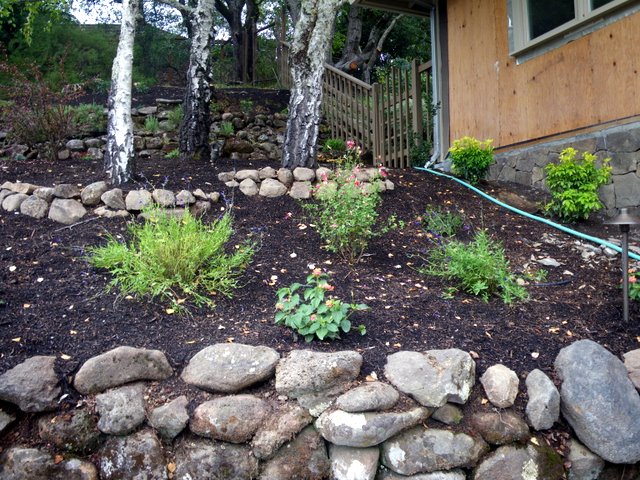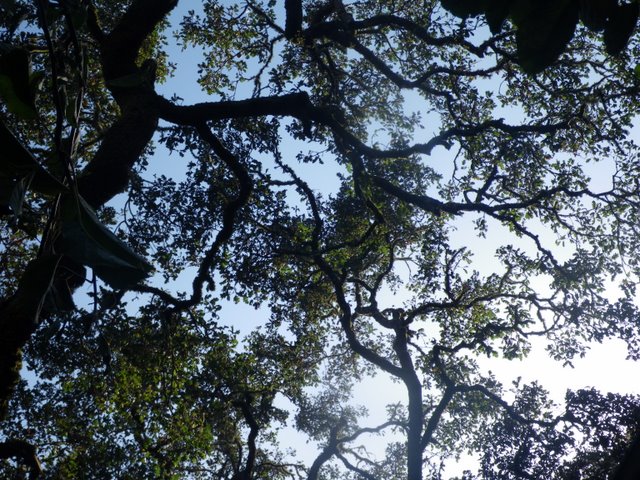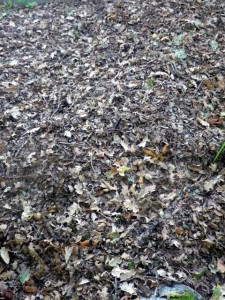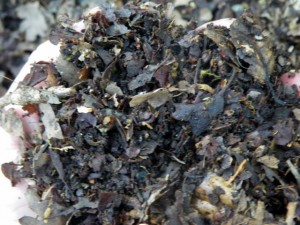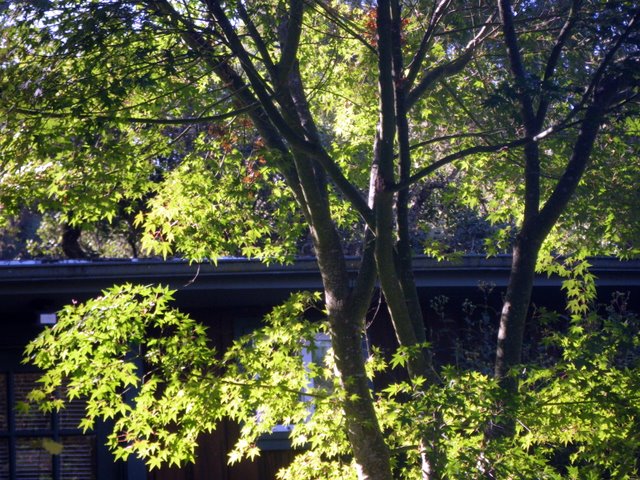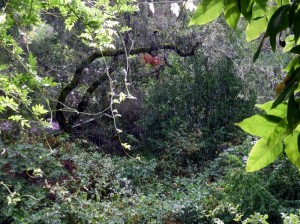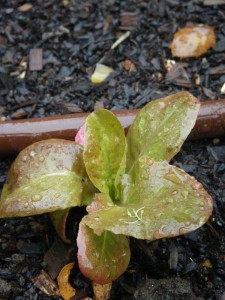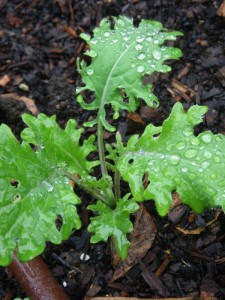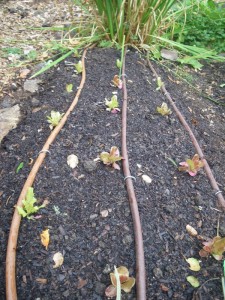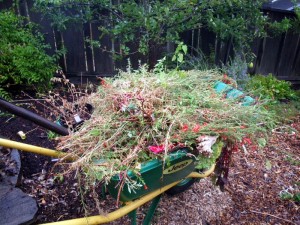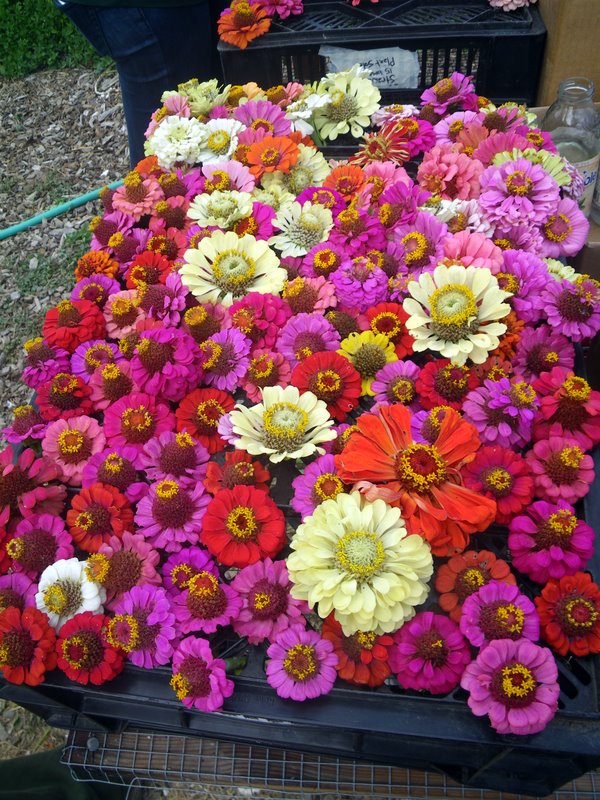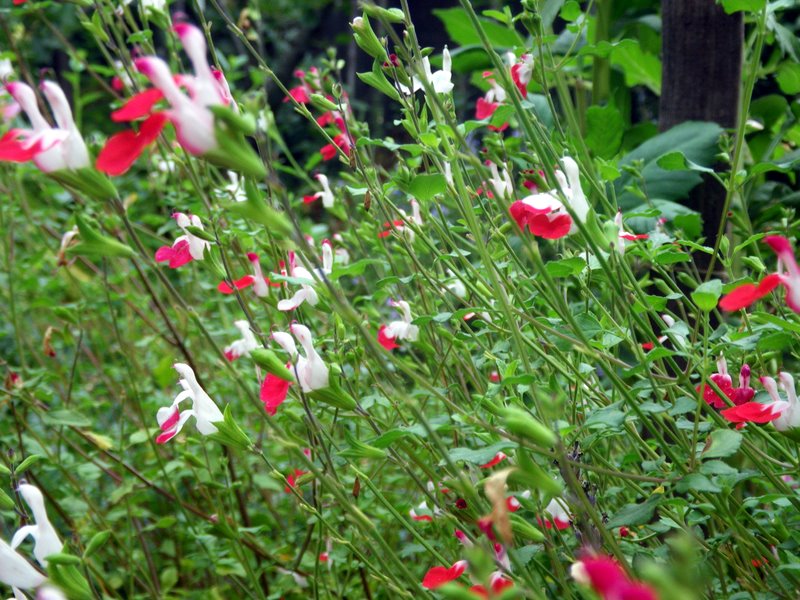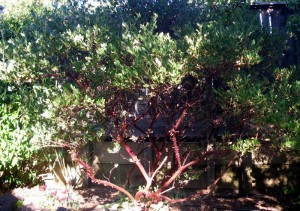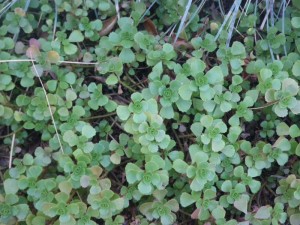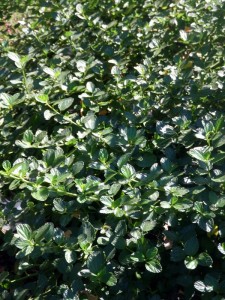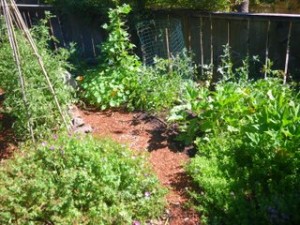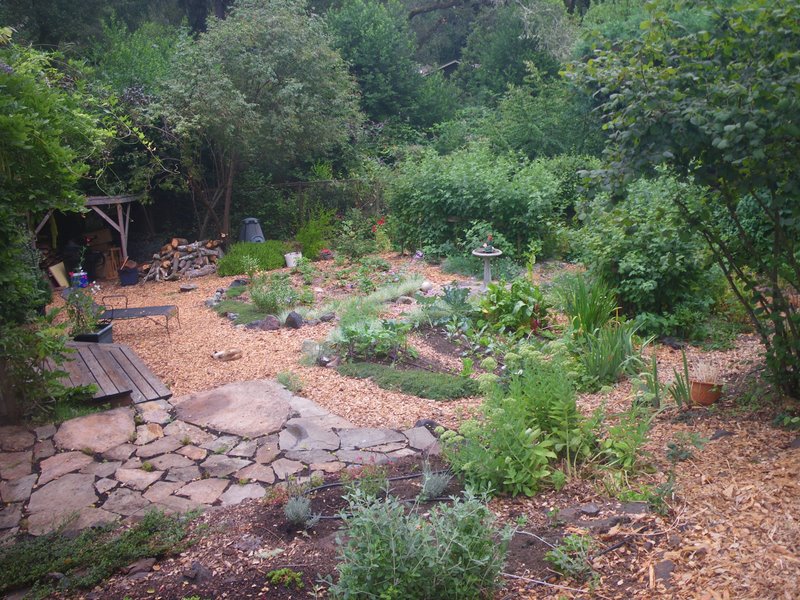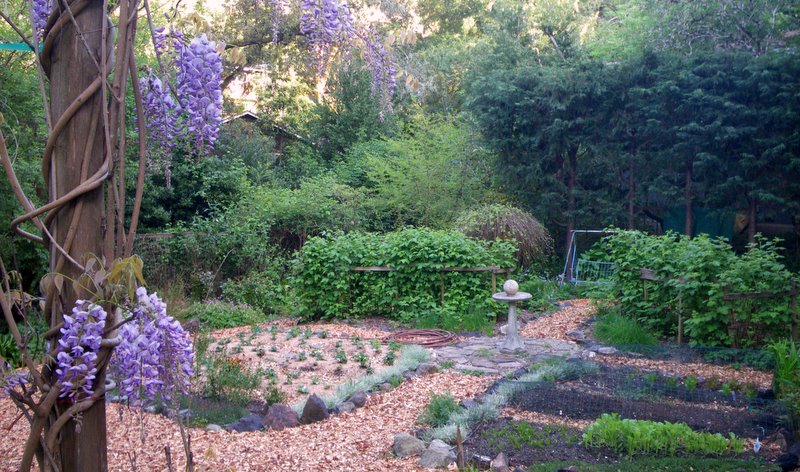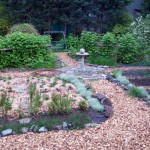
Sheet mulching is the simple act of layering greens,(weeds, garden greens, kitchen waste), cardboard, manure (although not absolutely necessary) and mulch. By doing this over the winter, you allow decomposition of weeds and the proliferation of worms under cover of cardboard.
Use sheet mulching instead of digging. It saves your back and brings new fertility and health to your soil. By using manure, you introduce worms into the soil and they proliferate under the protection of the cardboard.
You can use this method for both large and small areas. Sheet mulching around fruit trees keeps down weeds and will add fertility in the Spring when the tree comes out of dormancy.
In large areas, you can use it to remove that old, tired lawn. At my own home I replaced the backyard lawn that the kids and dog had used and abused and no longer looked good. I didn’t want to dig it up; that would have killed my back. Instead I sheet mulched it.
- I mowed the lawn, leaving the clippings on the ground. I rounded up all the other weeds and greens from the yard and laid them down over the lawn.
- I laid down approximately 3 inches of manure over the whole lawn. If you don’t have access to manure, just use as many fresh greens and kitchen compost as you have.
- Next comes the cardboard. I went to an appliance store and picked up large cardboard boxes, free, of course. Be sure to overlap the edges to keep the weeds from sneaking through.
- On top of this I put another layer of manure and then covered all of this in 6 inches of mulch. You can use free shredded tree trimmings from your local tree service, or lay out straw from bales of hay.
- If it is dry in your part of the country, be sure to give the area a good soaking to get things decomposing. Then let the winter take care of the rest. Come Spring, you will find that the area is ready for new plantings.
Take a look at my back yard. I promise you I did not dig up one square inch of the lawn that used to be there. Worms did the hard work. You just have to invite them in with a little manure and cardboard.
P.S. If you prefer to use custom made fabrics for your sheet mulching, Amazon and Gardeners Supply
sell some good products. Both of these links I’ve provided will take you directly to fabrics for sheet mulching.

